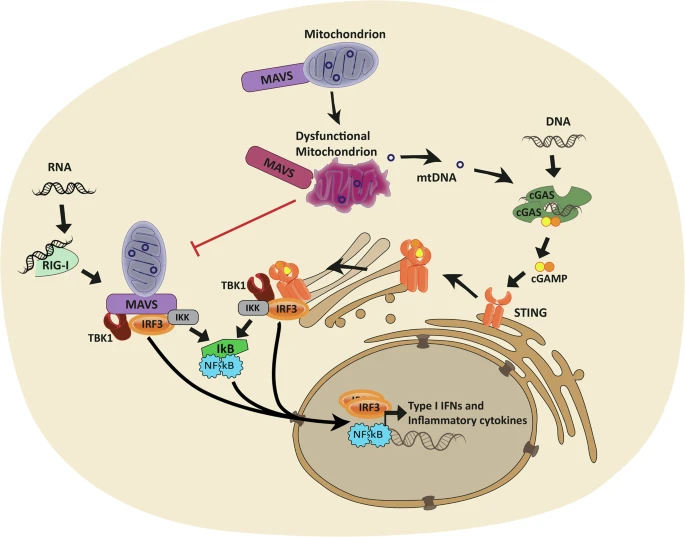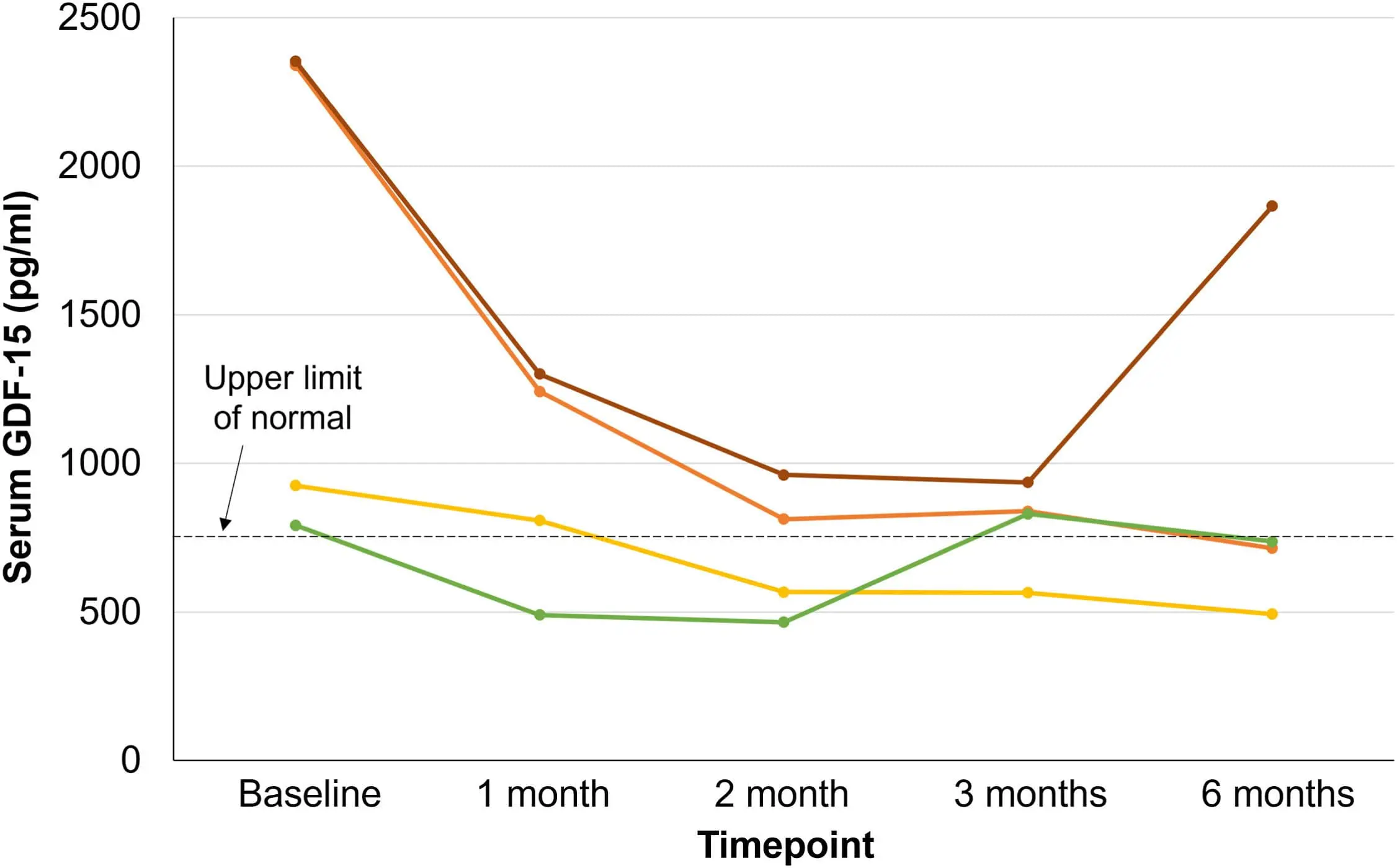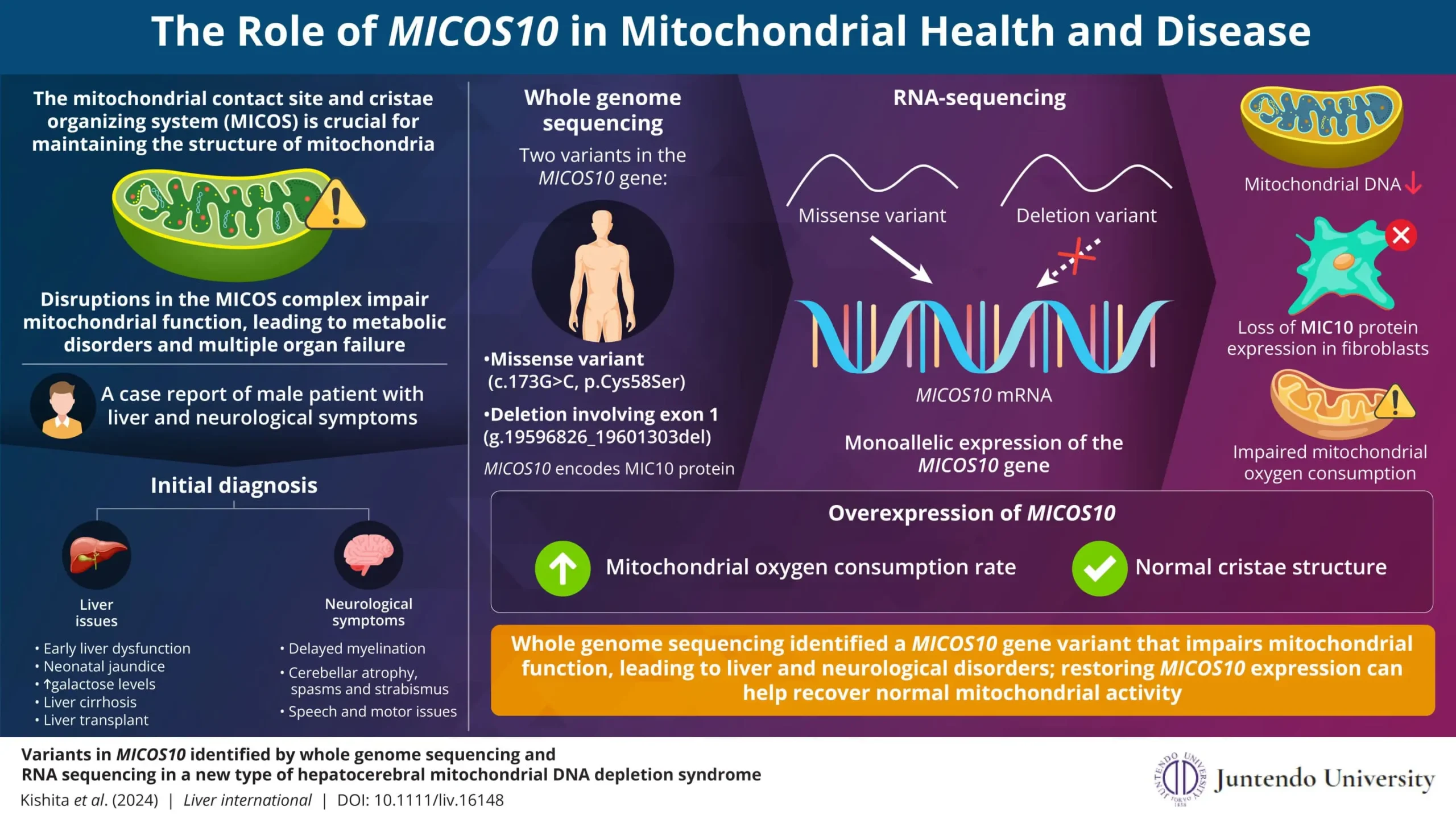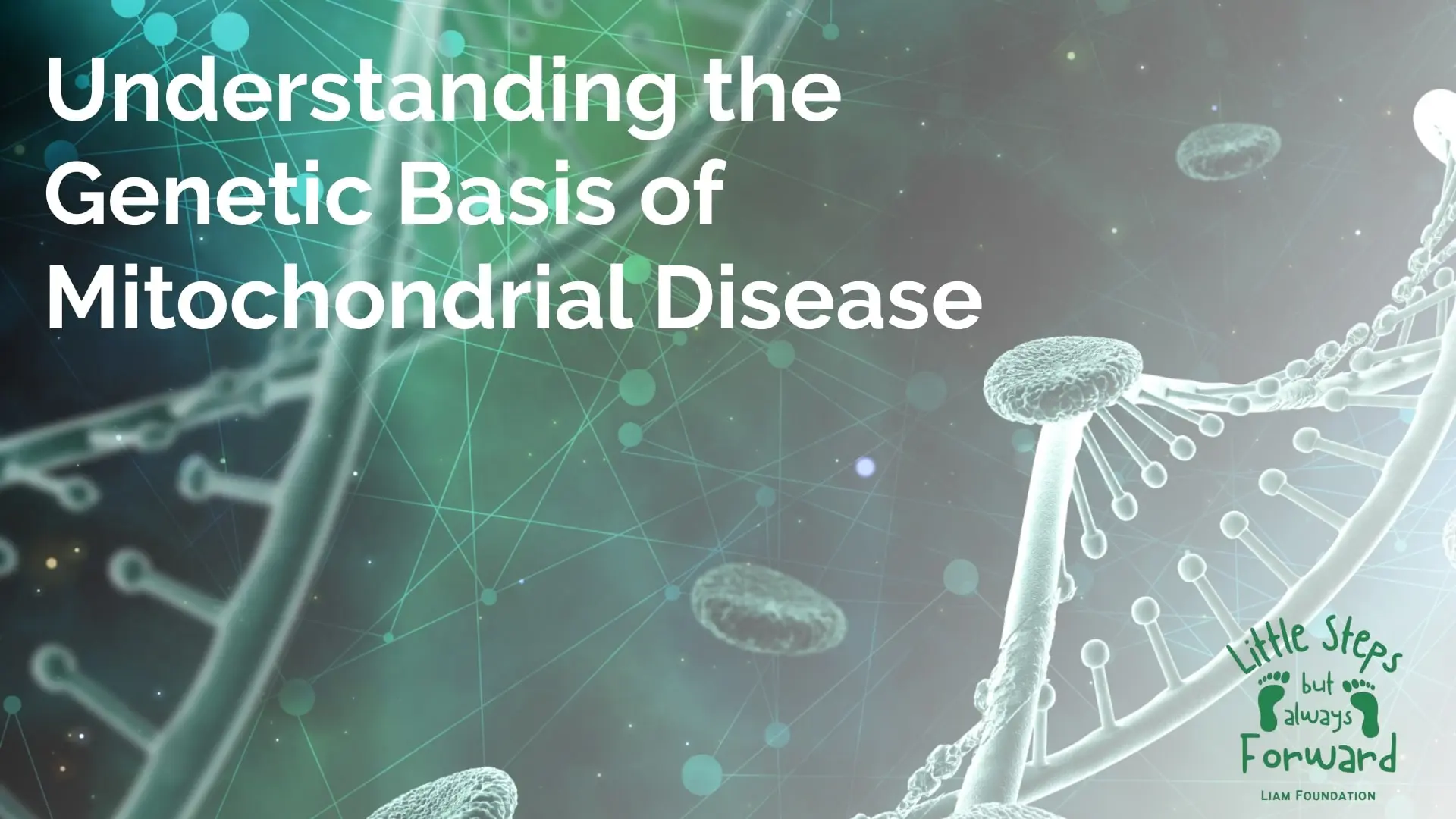Quick Summary : What You Need to Know: Mitochondrial diseases are genetic disorders that impair…

- September 6, 2024
- Comments Off on Recognizing mitochondrial disease : Key symptoms and warning signs to watch for
Mitochondrial disease symptoms are complex disorders that can affect people of all ages, from infants to adults. These conditions arise from dysfunctions in the mitochondria, often referred to as the “powerhouses” of our cells. As we delve into the intricate world of mitochondrial disorders, we’ll explore their varied symptoms, diagnostic challenges, and management strategies. Our goal is to provide you with a comprehensive understanding of these rare yet impactful conditions.
Understanding mitochondrial disease and its manifestations
Mitochondrial diseases represent a group of genetic disorders that impair the function of mitochondria, crucial organelles responsible for energy production in our cells. These conditions can affect multiple organs and systems, leading to a wide array of symptoms that often puzzle both patients and healthcare providers.
The prevalence of mitochondrial diseases is estimated to be around 1 in 5,000 individuals, making them relatively rare but significant health concerns. As nonprofit communications professionals, we recognize the importance of raising awareness about these conditions to drive research funding and support affected families.
Mitochondrial diseases can manifest at any age, from birth to adulthood. The severity of symptoms varies widely, ranging from mild inconveniences to life-threatening complications. It’s crucial to understand that these disorders often worsen during times of stress, illness, or fasting, highlighting the importance of proper management and support for affected individuals.
Common symptoms of mitochondrial diseases include :
- Muscle weakness and atrophy
- Exercise intolerance and fatigue
- Developmental delays
- Seizures
- Vision and hearing problems
- Neurological issues (ataxia, balance problems)
- Gastrointestinal problems
- Heart issues (cardiomyopathy, conduction defects)
- Kidney and liver dysfunction
- Respiratory issues
- Diabetes
It’s important to note that the presentation of these symptoms can vary greatly between individuals, making diagnosis challenging. Our focus on educating readers about these diverse manifestations helps create a sense of urgency around supporting research and treatment efforts.
Specific syndromes and the mitochondrial disease symptoms
Within the spectrum of mitochondrial diseases, several specific syndromes have been identified, each with its own set of characteristic symptoms. Understanding these syndromes can help healthcare providers and families recognize potential mitochondrial disorders more quickly, leading to earlier interventions and improved outcomes.
Let’s explore some of the most well-known mitochondrial syndromes and their associated symptoms :
| Syndrome | Key Symptoms |
|---|---|
| MELAS (Mitochondrial Encephalopathy, Lactic Acidosis, and Stroke-like episodes) | Stroke-like episodes, seizures, headaches, muscle weakness |
| MERRF (Myoclonic Epilepsy with Ragged Red Fibers) | Myoclonus, seizures, ataxia, muscle weakness |
| Leigh syndrome | Developmental regression, respiratory failure, seizures |
| CPEO (Chronic Progressive External Ophthalmoplegia) | Progressive external ophthalmoplegia, ptosis (drooping eyelids) |
| NARP (Neuropathy, Ataxia, and Retinitis Pigmentosa) | Peripheral neuropathy, ataxia, vision loss |
These syndromes represent just a fraction of the known mitochondrial disorders. Each presents unique challenges for patients, families, and healthcare providers. By highlighting these specific conditions, we aim to increase awareness and drive support for targeted research and treatment development.
As communications professionals in the health sector, we understand the importance of translating complex medical information into accessible content. Our goal is to empower patients, families, and donors with knowledge that can lead to better outcomes and increased support for mitochondrial disease research.

Diagnosis and management of mitochondrial diseases
Diagnosing mitochondrial diseases can be challenging due to their variable presentation and overlap with other conditions. However, advancements in genetic testing have significantly improved our ability to identify these disorders accurately. Let’s explore the diagnostic process and management strategies for mitochondrial diseases.
Diagnostic approaches for mitochondrial diseases include :
- Genetic testing (most reliable method)
- Blood, urine, and cerebrospinal fluid biochemical tests
- Muscle biopsy
- Brain MRI
- Specialized cardiac, vision, and hearing tests
Early diagnosis is crucial for managing symptoms and improving quality of life for those affected by mitochondrial diseases. While there is currently no cure for these disorders, various management strategies can help alleviate symptoms and slow disease progression.
Management approaches for mitochondrial diseases focus on :
- Symptom management through targeted therapies
- Nutritional support and dietary modifications
- Exercise programs (when appropriate) to improve mitochondrial function
- Avoiding physiological stressors that may exacerbate symptoms
- Regular monitoring and follow-up care
It’s important to note that management plans are highly individualized, as the presentation and progression of mitochondrial diseases can vary significantly between patients. Working closely with a team of specialists is essential for developing an effective treatment strategy.
As we strive to create compelling narratives that highlight the impact of research and support, it’s crucial to emphasize the positive outcomes that can result from early diagnosis and proper management. By sharing success stories and showcasing the latest advancements in mitochondrial disease research, we can inspire hope and motivate continued support for these important efforts.
Advancing research and support for mitochondrial diseases
The field of mitochondrial disease research is rapidly evolving, with new discoveries and potential treatments emerging regularly. As we work to craft engaging content that drives donations and engagement, it’s essential to highlight the progress being made and the impact of ongoing research efforts.
Recent advancements in mitochondrial disease research include :
- Gene therapy approaches targeting specific mitochondrial mutations
- Deoxycytidine/deoxythymidine combination therapy
- Development of novel mitochondrial-targeted drugs
- Improved diagnostic techniques, including next-generation sequencing
- Mitochondrial replacement therapy for preventing transmission of mitochondrial DNA disorders
These breakthroughs offer hope for patients and families affected by mitochondrial diseases. By showcasing the tangible results of research funding, we can create a sense of urgency around supporting ongoing efforts and inspire donors to contribute to this vital cause.
In addition to research, support networks and advocacy groups play a crucial role in improving the lives of those affected by mitochondrial diseases. These organizations provide valuable resources, education, and community connections for patients and families navigating the challenges of living with these complex disorders.
As we continue to raise awareness about mitochondrial diseases, it’s important to remember the human stories behind the statistics. By sharing personal accounts of individuals and families affected by these conditions, we can create powerful, emotionally resonant content that inspires action and support.
Together, we can work towards a future where mitochondrial diseases are better understood, more effectively treated, and ultimately cured. Through continued research, advocacy, and support, we can make a meaningful difference in the lives of those affected by these challenging conditions.
Share This:
Liam Foundation
Related Posts
The COVID-19 pandemic, caused by the SARS-CoV-2 virus, has led to significant global health challenges.…
A groundbreaking clinical trial led by the Research Institute of the McGill University Health Centre…
Mitochondrial DNA Depletion Syndrome (MTDPS) encompasses a group of rare genetic disorders characterized by a…
The Liam Foundation stands as a beacon of hope for families grappling with the challenges…
Mitochondrial disease treatments have long been a challenging frontier in medical research. As we delve…
Mitochondrial disease symptoms are complex disorders that can affect people of all ages, from infants…
To appreciate the significance of recent Mitochondrial disease research advances, it’s essential to understand the…
Understanding the Genetic Basis of Mitochondrial Disease, Mitochondrial disease is a group of disorders caused…
Mitochondrial disease is a group of disorders caused by dysfunctional mitochondria, the parts of the…














